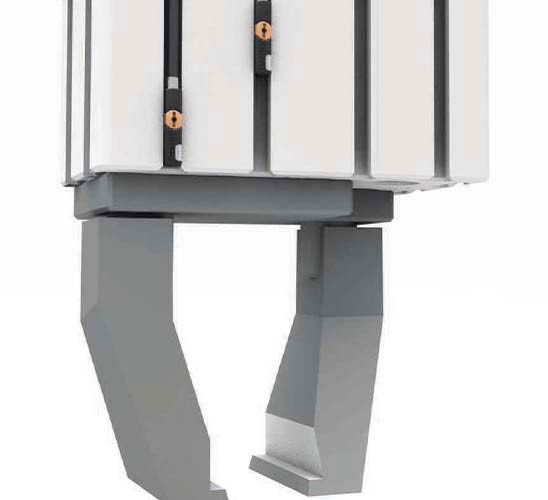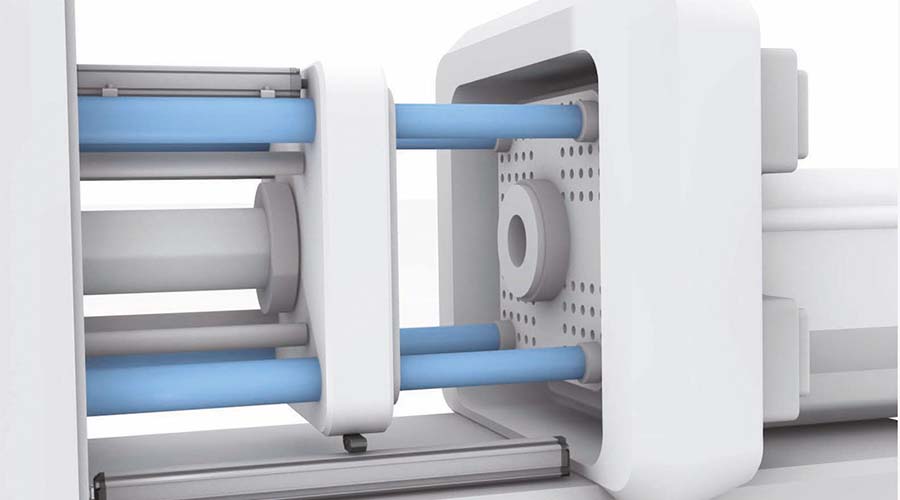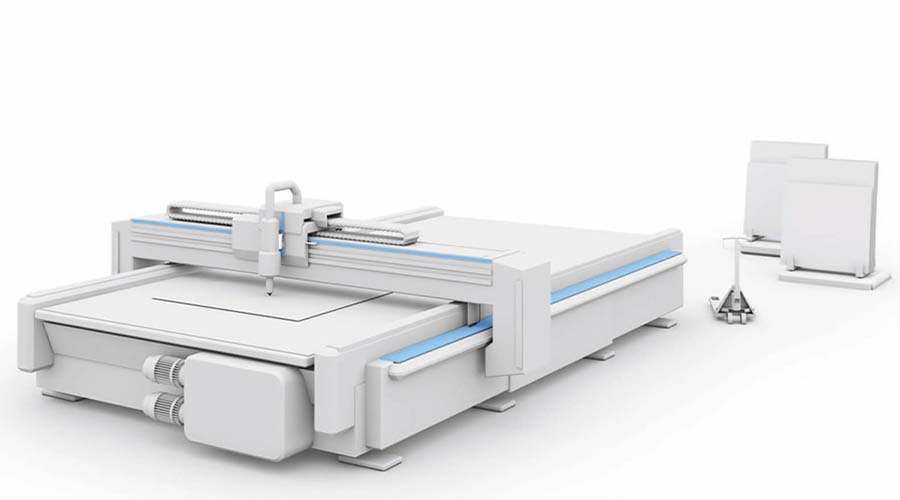 In industrial automation, we use linear position sensors in various applications to reliably and accurately monitor and provide continuous feedback on the linear movement of machine mechanisms. As you might imagine, these applications are varied and diverse. When selecting the right sensor for the job, we must consider several more variables, including the overall length of the linear movement to be monitored or measured, the physical size of the sensor, and the available space available for sensor installation.
In industrial automation, we use linear position sensors in various applications to reliably and accurately monitor and provide continuous feedback on the linear movement of machine mechanisms. As you might imagine, these applications are varied and diverse. When selecting the right sensor for the job, we must consider several more variables, including the overall length of the linear movement to be monitored or measured, the physical size of the sensor, and the available space available for sensor installation.

Small movements, small sensors
Some linear position applications require monitoring of very small movements. For example, pneumatic or electric grippers in automated assembly applications need continuous position feedback, but sometimes only an inch or less of movement needs monitoring and control. Typically, the available space for installing a continuous position sensor is very small; often, the only available space for a sensor is a T-slot or C-slot in the gripper assembly. Fortunately, sensors expressly designed for just such applications are available.
Sensors for intermediate-length applications
Situations where linear travel ranging from a few inches up to, maybe, 36 inches represent the majority of linear position sensing applications. Common examples include continuous position feedback for hydraulic and pneumatic cylinders, monitoring and controlling various movements on presses, and providing feedback and control for plastic injection molding machinery. There are many other similar applications as well.
Various types of linear position sensors, each using different fundamental technologies, are available for such applications.


Sensors for longer-length applications
Applications such as X-Y positioning on large industrial printers or water jet and laser cutting machines require position feedback over lengths ranging from several feet up to more than 10 feet. Besides needing relatively long sensing lengths, these applications often involve rapid movements and require linear position sensors capable of very fast response times to control the machine’s movement accurately.

Position monitoring of very long distances
Although not super common, some applications require monitoring linear movement over extremely long distances. For example, monitoring the movement of large overhead cranes and gantry systems may require sensing distances of hundreds of feet. Innovative implementations of existing sensor technologies, such as magnetostrictive linear position sensors, provide continuous position feedback over lengths up to an astonishing 1.5 kilometers.
Although other considerations, such as environment, cost, and accuracy, come into play when selecting the proper linear position sensor, one of the fundamental factors is the length of travel to be measured, monitored, or controlled. One size definitely does not fit all.




